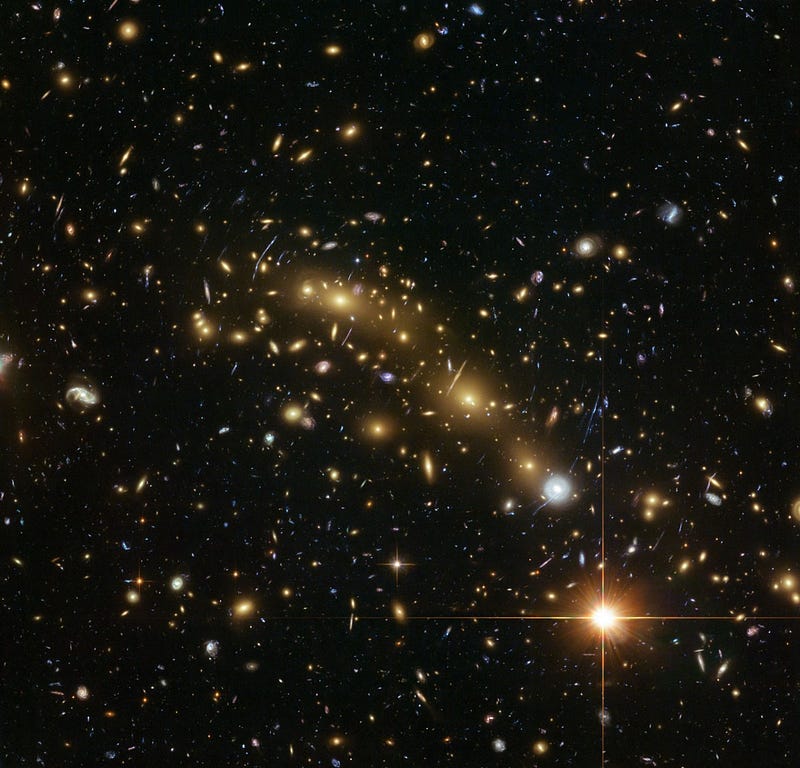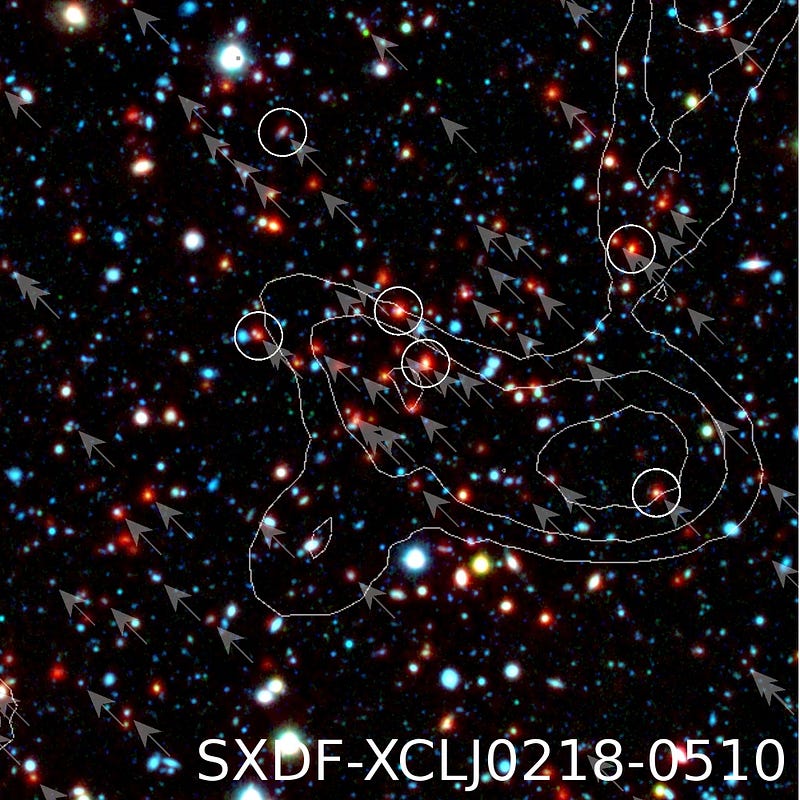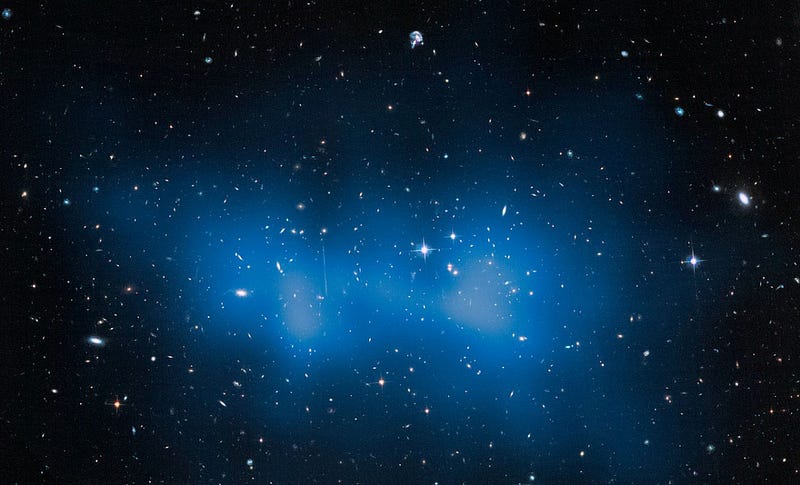This Is The Largest, Most Massive Distant Galaxy Cluster Ever Discovered

There are likely no more than five this big, this early in the entire Universe.
“Based on our understanding of how galaxy clusters grow from the very beginning of our universe, this cluster should be one of the five most massive in existence at that time.” –Peter Eisenhardt
When we look out into the Universe today, it’s no surprise that we find a plethora of planets, stars, star clusters, galaxies and galaxy clusters, as the 13.8 billion years of time that’s passed since the Big Bang has given our Universe ample opportunity to form all of these structures. In fact, given what we’ve determined the composition of our Universe to be, our observations of what we see and our expectations for what ought to be there line up spectacularly well. When we put in the initial conditions we believe our Universe to have begun with and rewind the clock to the very beginning, we can simulate exactly what types of structures we believe are going to form and when.
From these simulations, we expect the very first stars to emerge some 50–100 million years after the Big Bang, the first galaxies a few hundred million years later, and then for cosmic mergers to take place on progressively larger and larger scales. By time a few billion years have gone by, we expect the Universe to be rich in groups and even clusters of galaxies, with clusters growing larger, richer and more evolved as time goes on.

About six billion years ago, dark energy became the dominant factor in the expansion of the Universe, ensuring a swift drop in cluster growth and in mergers between clusters. As the distant galaxies, clusters and other gravitationally bound structures began to accelerate away from one another, the masses of galaxy clusters became cut off at a certain threshold.
But if we look to times earlier than that — at the first 7.8 billion years or so of the Universe — we ought to be able to track not only how galaxy clusters grow in mass and number over time, but we should be able to discern how the individual galaxies within them evolve.

Galaxy clusters this distant are notoriously difficult to observe, for a combination of reasons:
- The galaxies within galaxy clusters are spread out over many millions of light years, requiring large-angle deep surveys, even at great distances.
- At great distances, the galaxies within the cluster recede very quickly, meaning that infrared observations are required to identify them.
- But infrared telescopes face tremendous difficulties with the atmosphere, necessitating that they be launched (at great cost and effort) into space.
- And finally, it must be established — which requires spectroscopy and very large amounts of light — that these objects are all bound together, and not merely aligned by chance.

Earlier this decade, NASA’s Wide-field Infrared Survey Explorer (WISE) mission completed its infrared mapping of the entire sky, identifying many candidate clusters of galaxies at great distances. As a follow-up, the higher-resolution (but narrower-field) Spitzer Space Telescope honed in on the 200 most promising objects, which were then subsequently imaged from the ground by the Keck Telescopes atop Mauna Kea.
After starting with over 250,000,000 candidate objects, we’ve now announced the discovery of galaxy cluster MOO J1142+1527, the largest, most massive distant galaxy cluster ever discovered.

The light from this cluster is just reaching us after an 8.5 billion year journey, meaning we’re seeing this cluster from when the Universe was just 5.3 billion years old. It has the mass of over a quadrillion (1015) Suns, and based on how massive it is at such an early time, it’s expected to be one of the top five heaviest galaxy clusters to exist this early in the Universe. As Peter Eisenhardt, a coauthor on the discovery paper, says:
Based on our understanding of how galaxy clusters grow from the very beginning of our universe, this cluster should be one of the five most massive in existence at that time.
But it’s not the most massive galaxy cluster ever discovered at all; that distinction goes to a different, closer cluster: El Gordo.

El Gordo is about three times as massive as the more distant cluster, but we’re seeing it some two billion years later in time, as two galaxy clusters merge together to form it. We expect that a number of large clusters will continue to merge together for the first few billion years of the Universe, but this is a progressively rarer and rarer occurrence as time goes on.
The more we observe of these clusters, the more we’ll come to understand not only how structure forms on the largest scales, but how the individual galaxies inside evolve, including how they become ellipticals, how they lose their gas and form new stars, and what does (and doesn’t) get ejected from these monstrosities over time. As is almost always the case in science, the more we learn, the more we discover there is to learn!
Leave your comments on our forum, support Starts With A Bang! on Patreon, and pre-order our first book, Beyond The Galaxy, today!





